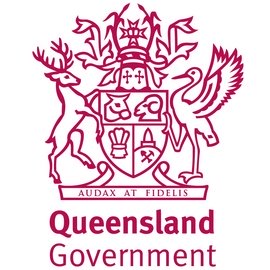Minister for Education, Jo Palmer, said the extended incentives are part of the Government’s 2030 Strong Plan for Tasmania’s Future, with research now underway to identify the regional schools where this investment will make the most difference.
Eight schools including King Island District High School, Flinders Island District High School, Redpa Primary School, Cape Barren Island School, Rosebery District High School, Strahan Primary School, Mountain Heights School and Zeehan Primary School, already have incentives in place.
“We already offer financial incentives for teachers who commit to working in isolated schools, with increased incentives and new incentives offered as a part of the last Teacher Agreement,” Palmer said in a statement.
“However, we want to ensure we are attracting and retaining high-quality education staff across the State, and that is why our Government committed to extending incentives to hard-to-staff schools.
“This is a targeted but flexible approach to support schools experiencing difficulty, longer term, in filling teaching positions.
Palmer said consultation will now begin with the Australian Education Union as it did prior to the current Teachers Agreement.
“This investment will guarantee our hard-to-staff schools attract and retain the high-quality teachers they need and deserve,” she said.
“Tasmania’s regions are our heartland, and our students deserve the best.”
The commitment is in response to a national shortage of teachers, with greater impact in regional areas, and seeks to build the depth of experienced and high-quality teaching staff in hard to staff schools.
As part of the so-called Strong Plan, over the next two years the Tasmanian Government will also partner with School Food Matters and Loaves and Fishes to extend its successful Healthy School Lunches program to an additional 30 schools, taking the total to 60 schools.
Amongst a host of other election promises, the Government has also pledged to build or upgrade homes for 25 teachers in rural and remote communities, invest $188 million to deliver major upgrades for 15 schools and invest $3 million to extend structured literacy, including phonics, to Years 3 to 6.















